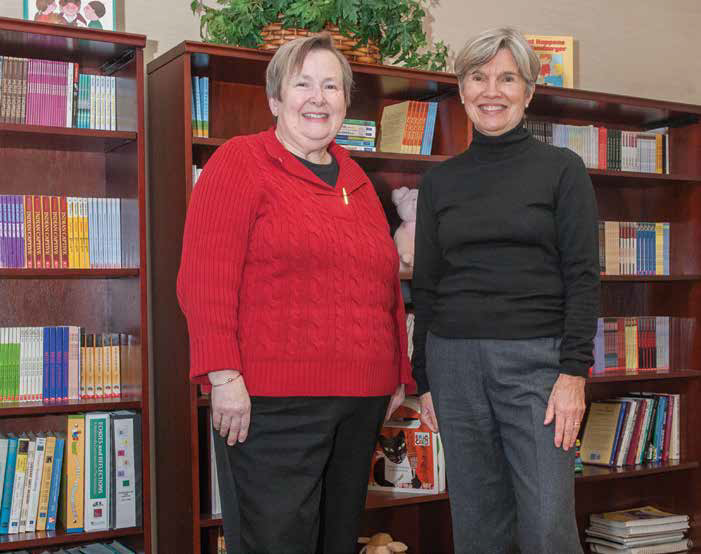Overview - Diversify Revenue: Philanthropy, Contracts, and Grants
Expand and diversify revenue sources to enhance the University’s ability to fulfill its teaching, research, and service mission.
Original Goal Five Planning Document

How is Indiana State doing to date?
Research snapshot
Indiana State University faculty and students are actively engaged in a wide variety of cutting-edge technologies and applied research projects that impact the Wabash Valley, the state and the world. Indiana State faculty and students routinely apply this new knowledge through meaningful, life-changing initiatives that stimulate business start-ups, create new jobs, encourage innovative thinking and foster economic growth. Research is vital to the University’s mission of creating knowledge and related infrastructure; transferring technology and knowhow; supporting technology and business innovation; and creating human capital. In particular, it helps keep faculty and students current with leading thinkers in their fields and provides opportunities for hands-on student participation.
Putting down strong Sycamore roots
Indiana State University’s 97,000-plus alumni—more than half of whom live within 150 miles of campus—provide the backbone of the University through their support. Many stay in touch by contributing time, talent or material support to their favorites among the University’s programs of instruction, research and service. Others serve as advocates, helping communicate Indiana State’s progress and needs. Many contribute significant financial support through their giving to the Indiana State University Foundation.
ISU students don’t stop being Sycamores just because they graduate. The university has a number of activities and programs aimed at strengthening and rekindling the relationships that began when these alums were still students, many growing out of The Pathway to Success. They include the African-American Alumni Council (AAAC), which has been making strides in its quest to engage African American alums in the life of the University and educating the public on the contributions a diverse population brings to the community at large. Since the AAAC begin in 2010, it has assisted ISU students through activities such as scholarship fundraising and a speaker’s series. It also developed several new alumni activities focused on African Americans, including the popular AAAC Reception as well as a leadership conference and reunion, mentoring and networking opportunities and more.
Saving Students Money on Textbook Costs
Textbook costs have risen in the past 20 years, and textbooks are often the “last thing” that students spend money on each semester, often leading to students simply not purchasing a textbook for a course. Open educational resource (OER) textbooks, published freely under Creative Commons licensing, provide instructors a free alternative to expensive publisher-produced textbooks. Providing students with free or very low cost texts enables every student to acquire and read the required text for class, thus contributing positively to their success in the class. Additionally, free or very low cost textbooks have the potential to save each student up to $1200 a year, depending on the amount of courses they take that use free texts. Although many ISU instructors are already taking steps to save students money on textbook fees, this pilot will raise awareness of OERs on campus. Piloting the use of OER textbooks in Foundational Studies and large courses required for undergraduate majors will reach a large population of students in diverse areas. The end result will save students money on their education, enable students to do better in their classes, and positively impact ISU retention and graduation rates.

